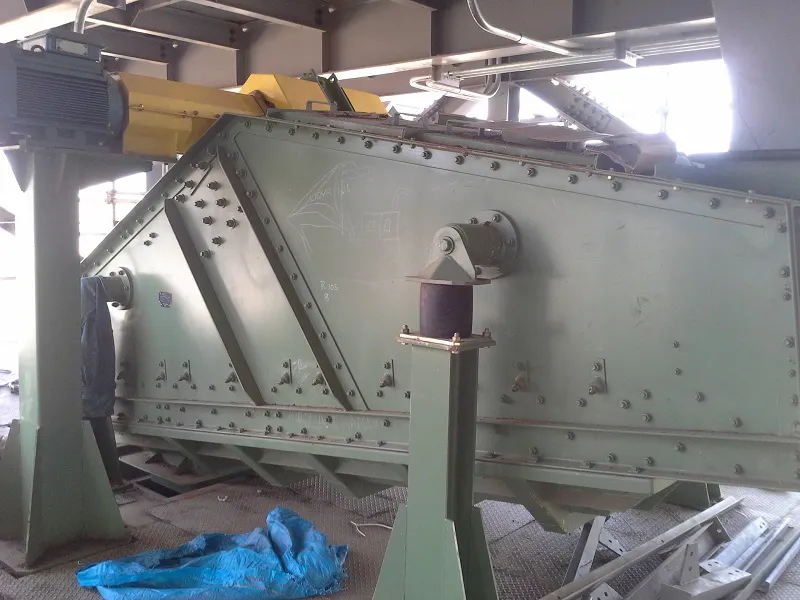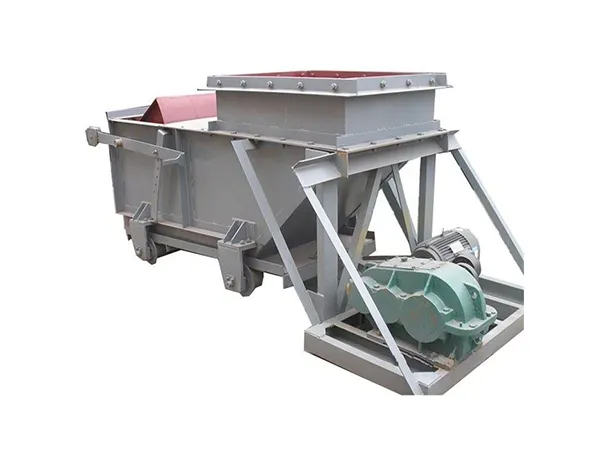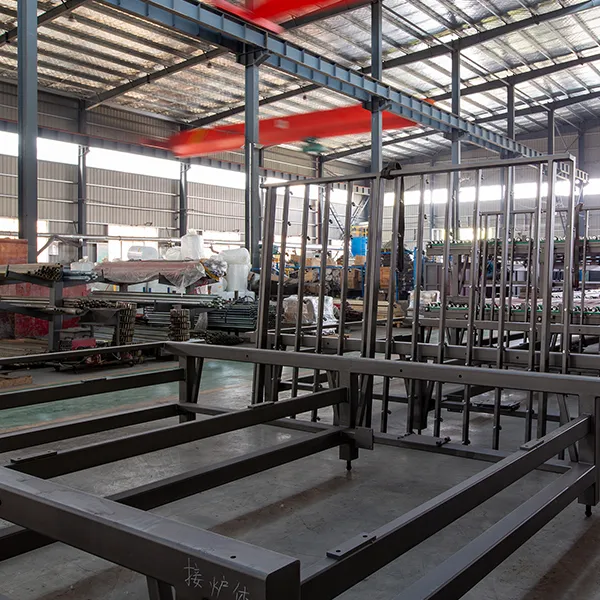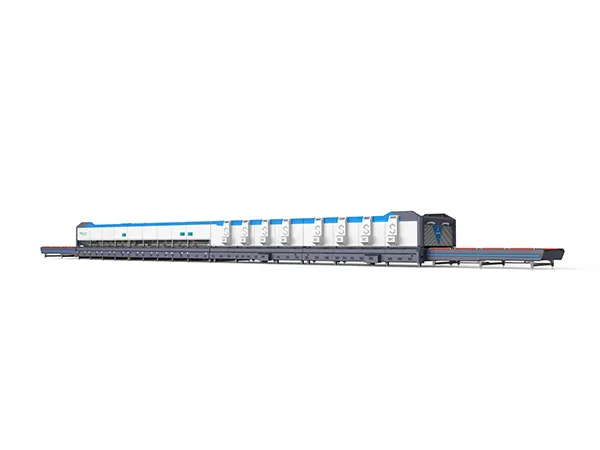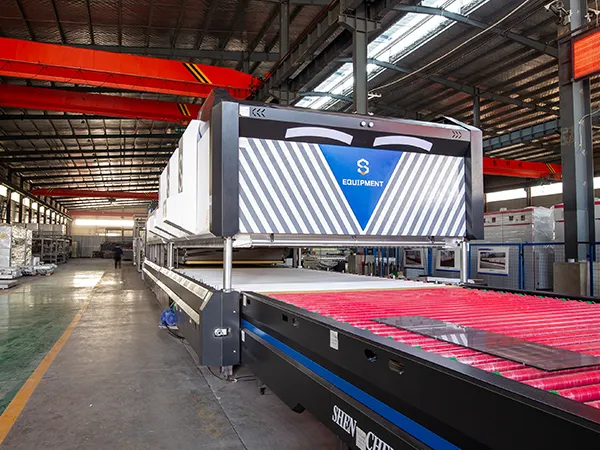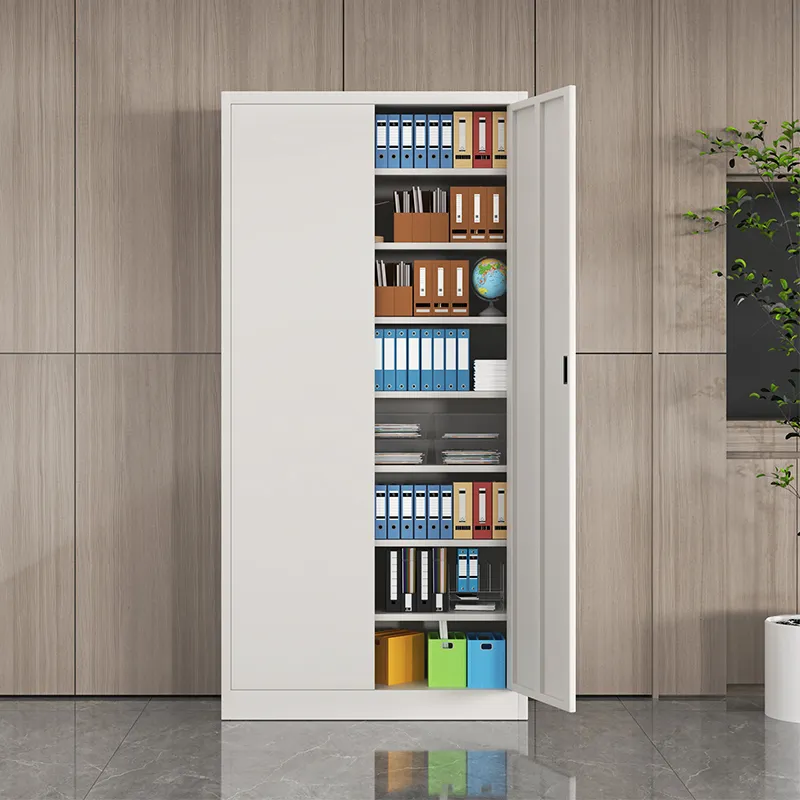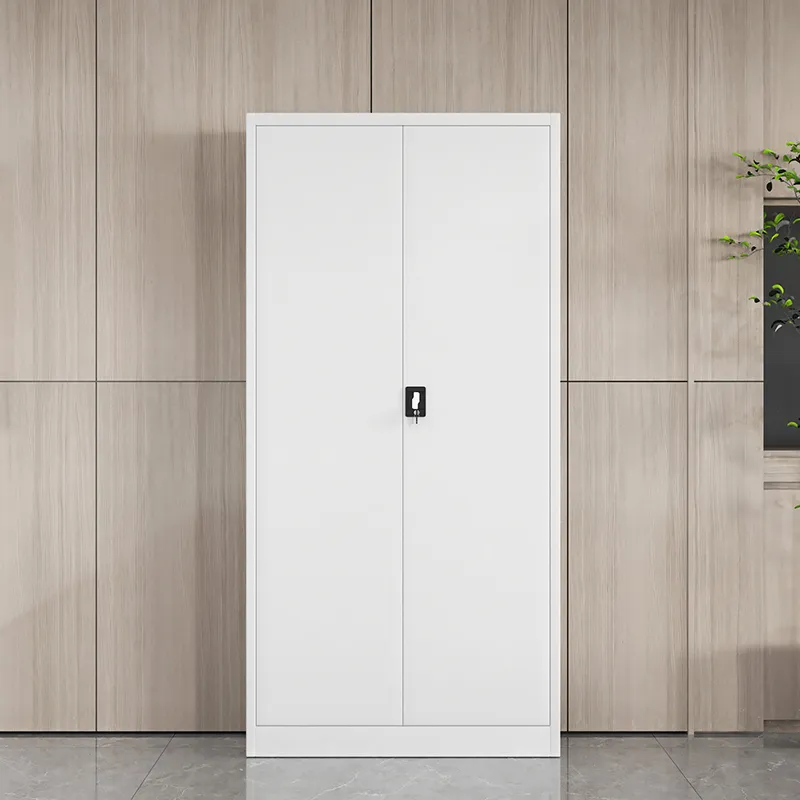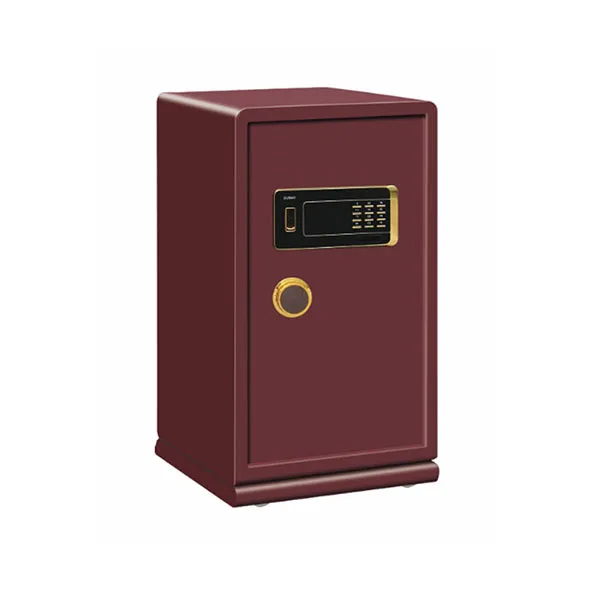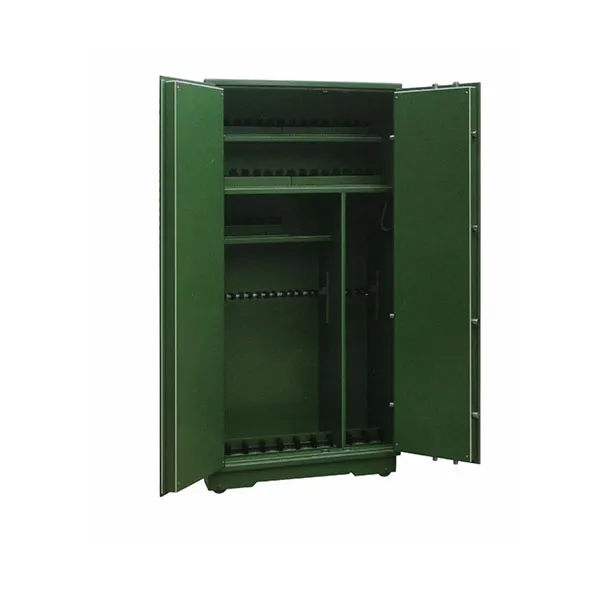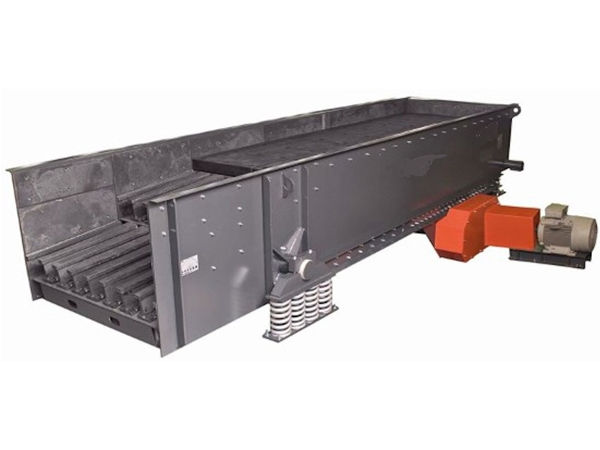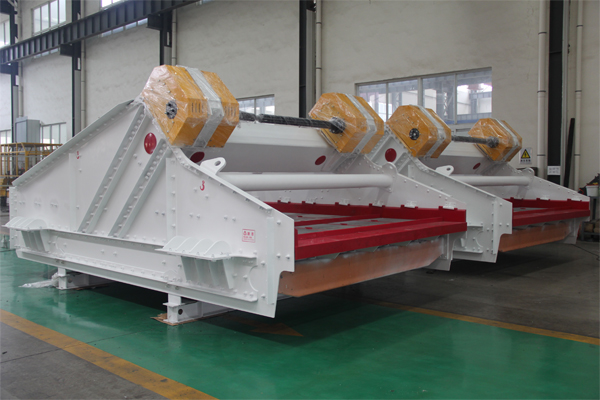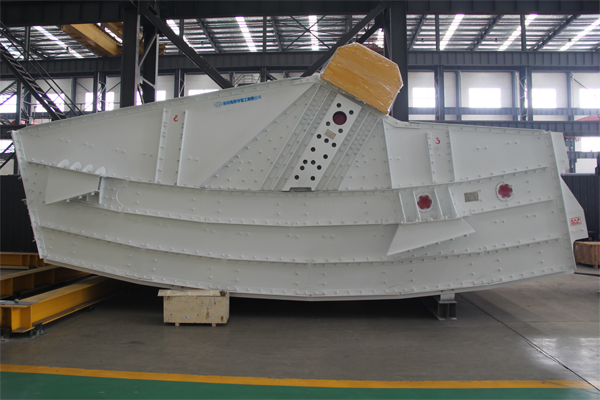A vibrating screen is a mechanical device used for separating, sifting, and sorting materials in various industries such as mining, construction, agriculture, and recycling. The primary function of a vibrating screen is to classify materials by size, separating smaller particles from larger ones. Here’s an overview of how a vibrating screen works:
Working principle of vibrating screen
Basic Working Principle
A vibrating screen operates based on a simple principle: it uses a motor or other mechanical device to generate vibrations, which are transmitted to the screen surface. These vibrations cause the material on the screen to move and be sorted into different sizes.
Components and Mechanism
Screen Surface:
The screen surface is typically made of woven wire mesh, perforated plate, or other materials. It has openings of specific sizes to allow smaller particles to pass through while retaining larger particles on the surface.
Vibration Generator:
The vibration generator can be an electric motor, an eccentric shaft, or other devices that create mechanical vibrations. It is attached to the screen frame and induces the vibrating motion.
Screen Frame:
The screen frame holds the screen surface and supports the vibrating mechanism. It is usually constructed from sturdy materials to withstand the vibrations and the weight of the materials being processed.
Damping System:
The damping system consists of springs or rubber mounts that absorb the vibrations and prevent them from being transmitted to the supporting structure or other equipment.
Drive System:
The drive system includes the motor and the transmission mechanisms (belts, pulleys, gears) that transfer power from the motor to the vibration generator.
Operational Process
Feeding:
Material to be screened is fed onto the screen surface, typically from a hopper or conveyor.
Vibration:
The vibration generator creates oscillatory movements in the screen surface. The amplitude and frequency of the vibrations can be adjusted to suit the material and desired separation.
Screening:
As the material moves across the vibrating screen, particles smaller than the screen openings fall through and are collected underneath. Larger particles continue to move across the screen surface until they are discharged from the end.
Separation:
The screened material is separated into different size fractions. Multiple screen layers (decks) can be used for more precise sorting, with each layer having different sized openings.
…
For more detailed information about the working principle of vibrating screens, please click here:https://www.zexciter.com/en/a/news/vibrating-screen-working-principle.html

